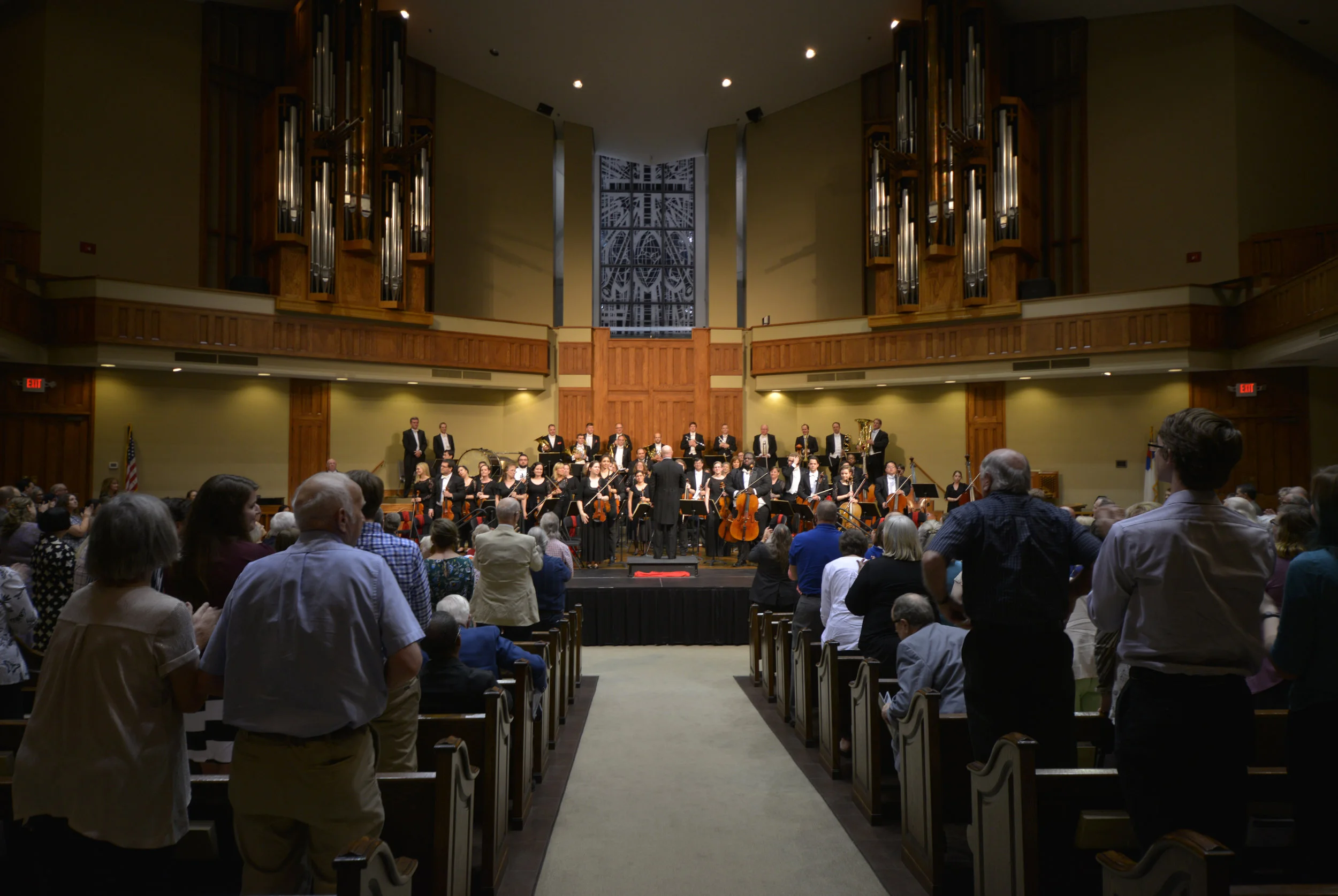Day Trip: West Tennessee Delta Heritage Center
This piece was originally published in the Winter 2016-2017 issue of Our Jackson Home: The Journal.
“In the end, our society will be defined not only by what we create, but by what we refuse to destroy.”
Walt Disney World, Gulf Shores, Baton Rouge, France, the Bahamas, the Yucatan; these are places we go to retreat from the normalcy of life. These are the destinations of our vacations, our free week off from work to do what we want. Yet retreating to something different doesn’t have to mean venturing beyond state lines. As native West Tennesseans, we forget the vast culture and history that surrounds us: the ancient Native American mounds in Pinson, the Civil War battle sites around Jackson, Casey Jones Village, the Bemis Mill Museum, and the dozens of historic homes. For Jackson specifically, our town was a major railroad station during the Civil War and was a mass producer of cotton in the early 1900s. These are places, however, that we have come to drive by, hear about, think of, and eventually take for granted.
Yet there is a small place located in Brownsville, Tennessee, that refuses to collapse into the idea that West Tennessee is an unimportant pitstop. The West Tennessee Delta Heritage Center, established in 1998, exists to not only help West Tennesseans understand their origins and their musical history but also to serve as a mecca for world travelers and those who are inspired by the music and stories of names like Elvis Presley, “Sleepy” John Estes, and Tina Turner. Most West Tennesseans have no idea of this place of origins—this place of our origins.
Situated on Interstate 40 at Exit 56, the Delta Heritage Center boasts incredible exhibits that explore the fascinating story of our home. Upon entering the building, I was warmly greeted by a museum tour guide as well as Sonia Outlaw-Clark, the museum’s director. She quickly made it known to me that “the rest of the world comes here and is in awe of what we have.” And to be honest, I thought that was sales talk, a way to market the museum. I found out otherwise.
After fiddling with a booming Martin and a sparkling Gibson acoustic guitar that both sit in the common area for anyone to play, we scurried to the first exhibit: the Cotton Museum. There guests can find plows, fertilizers, cotton baskets, and white oak baskets, which were created by locals of West Tennessee. We then wandered into the Felsenthal Lincoln Collection, a small but beautifully intricate collection of Abraham Lincoln artifacts. Right here, in Brownsville, Tennessee, I got a glimpse into the life of the “Great Emancipator.”
Sonia took me around the corner into the swampy area of the Hatch River Museum. There, all visitors are greeted by Uncle Luther, the robotic “resident storyteller” of the Hatch River. The Hatch River is a primordial place of wonder. The Nature Conservancy recently named the river as one of the “seventy-five great places to save.” Even so, the biological diversity is staggering, boasting some 100 species of fish and hundreds of other mammal species. Visitors can hear a heartwarming story from Uncle Luther and watch native fish in the three tanks in front of them. Most importantly, though, the museum teaches us the importance of our land. High above the exhibit a plaque states that we are given a call to preserve our land which is “defined not only by what we create, but by what we refuse to destroy,” according to John Sawhill, former CEO of the Nature Conservancy.
And one of the many things the Delta Heritage Center refused to destroy was the home of “Sleepy” John Estes and the school house of Anna Mae Bullock, otherwise known as Tina Turner. “Sleepy” John Estes, Victor Records recording artist, was born in Ripley, Tennessee, and lived in Brownsville. Famous for his “crying” voice, Estes was known in the United States as a pioneer of the blues and overseas as a blues god. Here he lived in a decrepit, dusty two-room house containing only one bed and one desk. This legend and icon to many Americans—and millions more Europeans—lived in complete poverty, Sonia told me, selling most of his songs to simply live.
Tina Turner’s exhibit is the highlight of the Delta Heritage Center. Born into poverty like Estes, Anna Mae Bullock was born in Haywood County in 1939. She went on to take the stage as a Swiss recording artist (again, becoming larger-than-life outside of the United States) and took the world by storm with her powerful voice and prowess. Yet it all started in a little school located in Haywood County. Called the Flagg Grove School, the one-room house holds not only a large number of the artist’s clothing, records, and other memorabilia, but it also holds a replica of what the school house might have looked like in Turner’s day. Both worlds collide in this small space. When you enter, you see her great success; towards the end, the poverty she grew up in is set before your eyes. It is beautiful, challenging, and inspiring to see these two sides of her so intimately.
On our way out of the school house, we passed an international tourist. Sonia greeted him: “Welcome to the Tina Turner School House!” He responded, “Of course it’s Tina Turner! She’s a legend!”
Though small in size, the Delta Heritage Center makes a massive impact on the local economy by reaching both the regional and international community. According to Sonia, some 30,000 visitors walked through the museum in 2015. A large amount of those visitors were from the international community: France, England, Germany, Japan, Afghanistan, Ireland, Italy, Canada, Brazil, and Australia, just to name a few. I naturally asked why many of these people stopped. “We have the best restrooms in the interstate,” Sonia responded while chuckling. But she informed me that the museum is on the American Music Triangle list, along with the Cotton Junction Trail and several others, and this draws in the international travelers who come up from Louisiana or Florida while on grand tours of the South.
Even with this, the museum reaches out to the local community and has some future expansion plans. Every year, Sonia and her staff put on concerts such as the Sleepy John Country Blues Jam, Exit 56 Blues Fest, Summer Jam Music Fest, and, for the first time ever, Celtic Music Fest. They also host the Hatchie Birdfest, Tina Turner Heritage Day, and other seasonal events like Christmas pop-up shops and Halloween Boo-seums. The museum holds several exhibits in storage because they have little room to show them. Traveling exhibits come and go, and occasionally artifacts will be circulated out of view and new ones will replace them.
Sonia assured me several times of one very important fact: “This is a West Tennessee thing”—not just Haywood County. These artists, the museums, the artifacts—they are us. The Hatchie is our river. “Sleepy” John and Tina Turner are our legends. This history is our history. I can only hope we come grips with our profound origins.
The West Tennessee Delta Heritage Center is located right off of Exit 56 on I-40 at 121 Sunny Hill Cove in Brownsville and is open seven days a week. To learn more, visit their website.
When Seth Harden is not working at the Registration Center at Jackson State Community College or pastoring the greatest children on earth at Lighthouse Church, you can find him deep in a good history book, throwing down a Starbucks coffee, or hanging out with the most beautiful woman in the world, Abbigail Young. He also currently holds a B.A. in History from the University of Memphis and is pursuing graduate work in the field.


































